Leaders in our Leader’s Club have told us that one of their biggest challenges currently is how to balance the cost of healthcare benefits with the meaningful value they deliver to the organisation and individuals; particularly less senior employees who want the care but can’t necessarily afford it (to find out more about joining our Leader’s Club, see here).
Add in the extra pressure of minimum wage and national insurance hikes, and it’s no wonder that some employers are telling insurers that they plan to “wait and see” what happens with the economy going forward before signing on any dotted lines.
But there is a silver lining to budgets being squeezed like this. The biggest one? It’s spurring on innovation in the market and employers are increasingly able to find lower cost solutions than ‘traditional’ PMI (private medical insurance) that deliver more bang for each buck. Not only that, even within the PMI offer, there is scope for manoeuvre to make these policies more financially palatable.
Read on and all will be revealed….
1. Solutions ‘between’ PMI and a cashplan
“The market has provision in it that’s between cash plan and PMI,” says Consultant Jane Vivier, citing Benenden Health as being one solution provider she’s worked with to implement this for an employer.
She argues that “skilled reward specialists” should be able to look at the employee data relating to sickness and absence, combine this with general population trends, and then find more tailored solutions that will work better and can be flexed.
A member of our Leader’s Club shared that this is exactly what is happening at her employer:
“On PMI, we are trying to find a solution that’s like an essentials cover, a halfway between cash plans and insurance, maybe with some diagnostics, to get people seen quicker and then back into the NHS.”
2. Standalone cashplans
Cashplans tend to be lighter-touch and lower cost than PMI and tend to target the common health and dental issues that have the biggest impact on employer costs. They are particularly suited for employers who want to increase accessibility to employees who can’t afford traditional, comprehensive PMI.
Typically they enable employees to access treatment quicker, meaning it’s more preventative, and allows them to manage their health day to day more effectively.
Tina Kennedy, Simply Health Product Director, explains it this way:
“The difference is that PMI is like saving for a rainy day; like if you were to need an operation, or needed to go into hospital. But what a health plan enables you to do is look after those everyday health care needs which hopefully nip the problem in the bud before it progresses. You can do this without the need to go to your GP for a referral and it’s accessible for preexisting conditions.”
Given that 31% of employers have difficulty finding a plan that covers pre-existing conditions, this is another reason to opt for cash plans. They can start at as little as a few pounds a month but allow employees access to vital services like 24/7 mental health support, or a physiotherapist.
“Again, it’s driving home that preventative message rather than just thinking about care in a crisis moment,” says Kennedy.
3. Invest in prevention and benefits which encourage earlier diagnosis
Investing in preventative approaches, benefits like GP services and tech-enabled medical support can be savvy, money saving options. For instance, by getting a diagnosis quicker, employees can get NHS treatment quicker, and back to work quicker.
4. Make healthcare partly employee funded
One of the most effective ways to bring down the cost of PMI without affecting the actual medical cover, says Adam Brown, Employee Wellbeing Specialist at The Health Insurance Group, is by increasing or adding an excess which the employee pays. In his experience, the most common excess is around £100-£200.
“That keeps the premium down and the majority of our clients have some kind of excess,” he says. “An excess definitely makes sense.”
Related to this, is also giving employees the option to have extended cover at their own expense, as Vivier says:
“If you look at employers offering comprehensive flex programmes they are probably using the ‘blended’ coverage approach by allowing employees to self-select over and above a minimum level of cover that they provide.”
5. Divert spend from wealthier employees
PMI has traditionally been viewed as a perk for senior management. Many experts find this puzzling because it’s typically less senior employees that can’t afford to pay for essential healthcare that they need, which forces them into illness, long NHS waiting lists and, often, sick leave.
“It’s always baffled me that those who perhaps need the most help with healthcare are those that earn the least – yet we pay for PMI for the richest!” says Vivier.
Consultant Amy McKeown goes further, arguing that employers should “use the spend that would go on the healthcare for management (who have higher salaries any way) and instead buy solutions for the more junior part of the workforce”.
She adds: “Or allocate more budget overall. Either way it’s a mindset that needs to shift as well as the budget and allocation of spend.”
6. Introduce a ‘six week waiting option’
This means that if an employee can get seen by the NHS for their medical condition within six weeks, they go down the NHS route.
If the waiting times are over six weeks with the NHS, then the employee would use their employer’s PMI policy. (Insurers would be able to tell individuals the waiting times as they are calculated by postcode).
“The chances are that the majority of the time, an employee is not going to get treated within six weeks. So that’s another option that some of our clients like, too,” says Brown.
7. Stipulate medical professionals employees can use
Another way, with some providers, employers can reduce costs is by choosing a policy where medical professionals are selected only from a pre-agreed list supplied by the insurer.
“In these cases, the insurer has specialists and surgeons that have signed up to a special deal, so to speak. That can bring costs down,” says Brown.
8. Use Health Care Trusts
Sandra Dyball FRSA, Global Health, Wellbeing and Benefits Director at Centrica, says that a “health trust model” is a way to get around this thorny issue of how you offer healthcare to all colleagues, not just senior leaders, in an affordable way.
The reason, she says, they’re not seen as the most popular options are that “not enough is known about how they work, nor have employers seen the impacts of what a trust can bring”.
These work by employers contributing to a trust, which funds certain medical treatment for employees, or reimburses them for expenses. Typically, trusts can offer more flexibility as well as cost savings compared to ‘traditional’ PMI.
9. Streamline and target your offers to your population
As we covered in this feature, good use of data can be a huge cost saver. By deeply understanding the demographics of your workforce and their specific needs, you can cherrypick the health benefits that best suit you and will have the biggest ROI.
Human Performance Scientist Nikki McLeary advises overlaying this company data with general trends data:
“investigate what should be covered. What are the prevalent common illnesses in workforces in the U.K? This gives a steer on what impacts business continuity and what you should target cover of. Next, look at what can be countered by common sense measures. Then what is covered by NHS offerings.”
By paying granular attention to the detail, too, you can shift your focus to preventative measures saving money down the line.
For instance, AON cites the example of a Hong Kong-based client, which had recorded a rise in hypertension and diabetes in mid-career employees. Consequently the employer was able to launch a series of preventative workshops on nutrition, as well as health screening and personalised health and lifestyle programmes.
“These were key pillars of a preventative program to try and reduce the claims volume and costs for these conditions,” says Herman Fung, industry practice leader for financial services, Health Solutions for Aon in APAC (in a blog post on using data to drive a more consistent, culturally aware approach to Wellbeing).
10. Use a broker
Brokers can be hired to advise you on the best solutions and negotiate with insurers on your behalf. The best bit? They won’t charge you a penny, as the employer, because their commission comes from the insurer.
Other significant advantages of using a broker are that you get a yearly review where costs can be reduced if they find better deals. Brown, for instance, has just carried out a review that led to a 19% discount from a provider on a PMI upon renewal.
He says:
“The problem with employers going direct to insurers is that they’re not going to get a market review every year. They’re not going to be able to negotiate the premiums like brokers can. We’ve got business with all of the providers and the amount of different options that you can have can be confusing for employers.”
You might also like:











